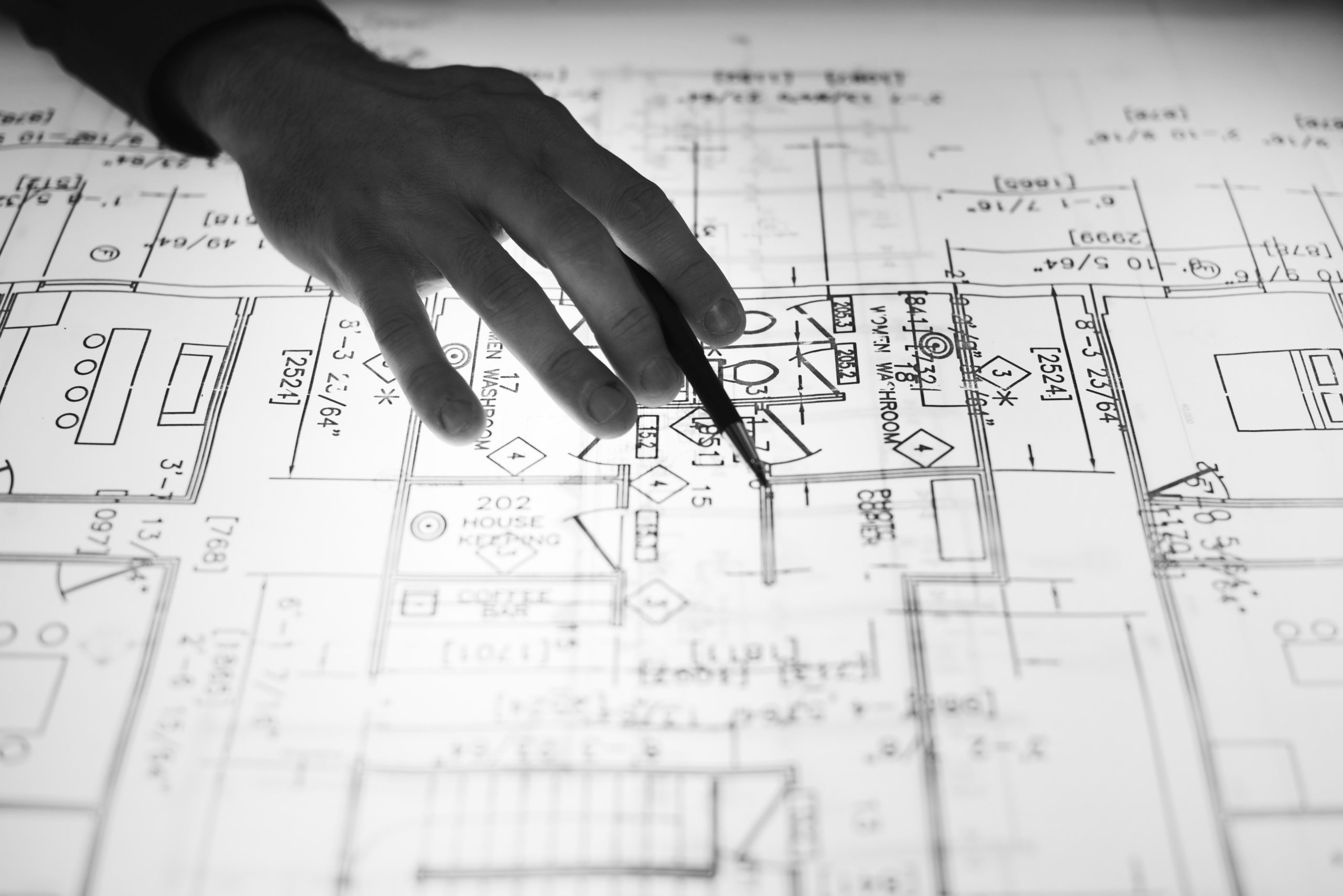High-quality Building Information Model (BIM) content. Is there a single definition of what that means?
For the building product manufacturer, the answer is yes!
Quality BIM content what designers and contractors need. For manufacturers, BIM is how they provide a detailed, accurate digital representation of the product that the designer and contractor can trust for inclusion in the building project.
The BIM information should be easy to find on the manufacturer’s website. That sounds simple enough, but that’s a big deal for a building product manufacturer’s customers — architects, designers, engineers and construction contractors.
But what causes an architect or contractor to use a particular BIM model in their project?
Phase 1: BIM from an Architecture and Design Perspective
For the architect and designer, quality BIM in the conceptual stage of design is often defined as a placeholder. The architect is focused on the visual impact of the building. The architect must be able to show the owner what the building will look like.
In this early stage, a manufacturer-specific object is not required. Instead, a generic BIM object with some geometry but limited data can be used. The goal is to rapidly sketch out what the project will look like. That’s why so many designers use tools like SketchUp in this phase of design.
Often these BIM objects are labeled as level 100-200 objects. They are generic, void of much of the data and attributes that will be needed later in the project design.
By the time the spec writer in the architectural office is involved, quality BIM content will be more advanced and will include the data sets that create attributes for the product. However, in design, as the project moves from preliminary plans to working drawings, the architect is still saddled with inherent size limitations related to the BIM object memory use in their systems. Absolutely beautiful BIM objects loaded with information may look like great BIM content, but will not be used by the designer because of the size limitations.
Phase 2: BIM from an Engineering Perspective
The engineering designer — working with structural, mechanical and electrical components of the building — may require more advanced details related to connections, interference areas and other geometry needs. That may make one of their objects more sophisticated than some of the architectural objects at the same phase of design.
These models are often referred to as “design intent” models and vary from 200-350 level models. Here, as in other phases of the project, good quality content is defined by the end-user.
Phase 3: BIM from a Contractor Perspective
In this phase, the contractor gets involved. For the contractor, and the Virtual Design Construction units now found in so many of the top general contractor offices in the country, quality BIM content gives them the ability to resolve all of the conflicts between product systems, in the digital context, before physical decisions are made in the field. The goal of the contractor is to ensure that decisions are made proactively, resolving problems before they occur.
Take for example, a major project at a casino. The ceiling manufacturer and subcontractor needed to provide “constructibility” models with all hangers and support for sprinklers, security cameras, and other products that would penetrate the ceilings. That step required placing sprinkler heads without disrupting the sophisticated design of the ceiling while providing acceptable coverage. But luckily, this step occurred in a 3D model. Waiting until the construction was underway to make these decisions — a common practice before BIM — would have been costly, both in time and money lost for adjustments and corrections.
At this point, constructibility models had become complex, defined as 400 -500 level models. The contractor’s project morphed from the design intent model measured in megabytes into multi-gigabyte size. For the contractor, the BIM content needed to accurately portray the interactions between all of the building elements that would eventually make up the building.
Not every possible attribute was in the files, but all of the needed attributes were. The decision process of knowing what is needed requires BIM object development that is done intelligently, with clear standards applied, so both the developer of the content and the consumer of that content know what is present, why it is there and most of all, that it’s accurate!
Conclusion
So, what makes high quality BIM content? Content that meets the requirements of the user for the development of the project. BIM is an elegant solution to an age-old design and construction problem. BIM enhances the design and construction experience at all stages.
But BIM is neither simple nor simplistic. It’s critical to get your BIM strategy in order to be effective with digital marketing of building products. Creating quality BIM requires understanding what’s being used and for what purpose. For the manufacturer, BIM content can be critical to the company’s success.
